Are you curious about the history of industry and innovation? These are the top industrial heritage museums in Catalonia:

Cap de Tossa Lighthouse
Tossa de MarThe Tossa Lighthouse is a significant landmark located in the resort town of Tossa de Mar. This town is situated at the southern end of the Costa Brava, in the Province of Girona, Catalonia, Spain. The lighthouse offers a unique blend of historical and cultural significance, making it a point of interest for tourists visiting the area.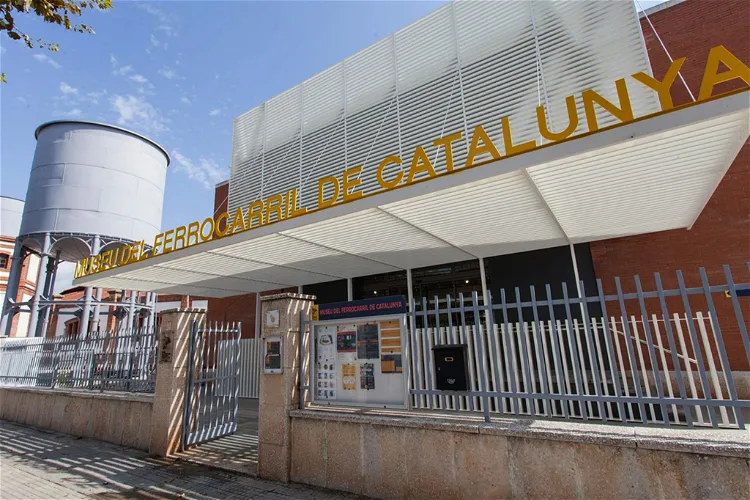
Railway Museum of Catalonia
Vilanova y GeltrúThe Railway Museum of Catalonia is situated in the town of Vilanova i la Geltrú, which is approximately 40 kilometers south of Barcelona. This location makes it easily accessible for tourists visiting Barcelona and looking for a day trip to explore the rich history of railways in Catalonia.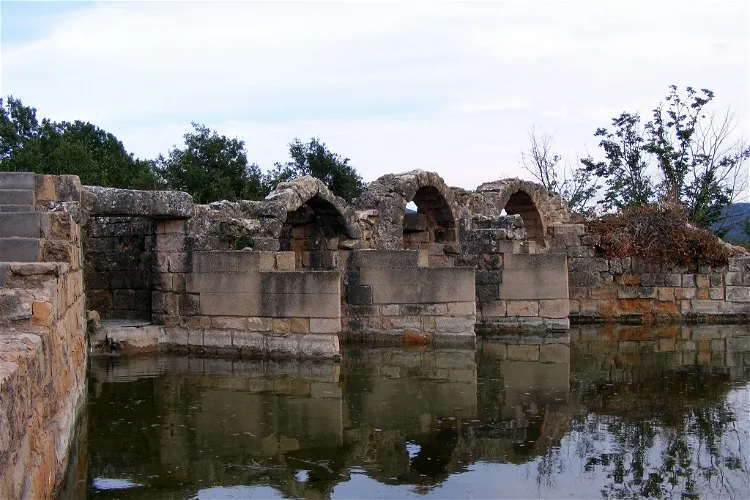
Los Molinos de la Vila
MontblancLos Molinos de la Vila, also known as Els Molins de la Vila in Catalan, are situated one kilometer east of the village of Montblanch, nestled between the Francolí and Anguera rivers. Specifically, they are located on the bank of the Anguera river. This location provides a picturesque setting for visitors to explore and appreciate the historical significance of these mills.
Toy Museum of Catalonia
FigueresThe Toy Museum of Catalonia is housed in the historic Casa Terradas, a building that dates back to 1767. Located in the city of Figueres, Spain, the museum offers visitors a unique opportunity to explore the rich history of toys in Catalonia. The museum's location adds an extra layer of historical significance, making it a fascinating destination for tourists interested in both history and toys.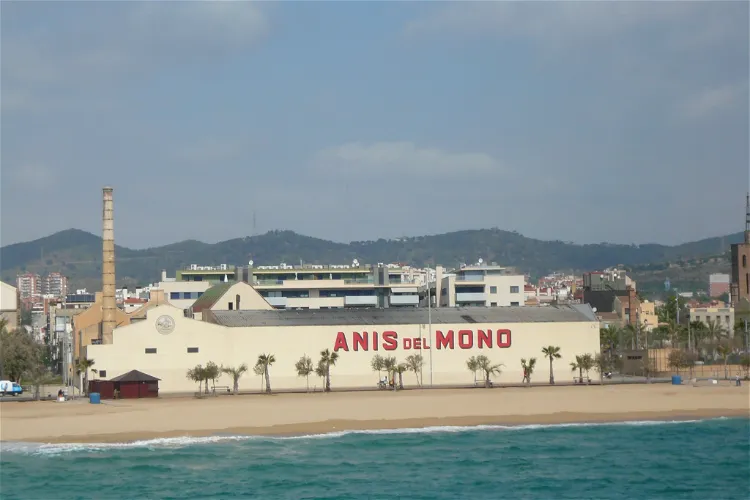
Anís del Mono Factory
BadalonaAnís del Mono is a registered brand of anisette that originates from the Spanish city of Badalone, in Catalonia. This anisette has been a staple in Spanish confectionery since the 19th century, making it a significant part of the country's culinary history.
National Museum of Science and Technology of Catalonia
TerrassaIn addition to its main location, the mNACTEC also operates three other sites: Farga Palau de Ripoll, Museu do Cimento Asland de Castellar de n’Hug, and the Museu da Colonia Sedó Esparreguera. These additional locations offer visitors the opportunity to explore different aspects of Catalonia's industrial and technological history.
Catalan Wine Cultures Museum
Vilafranca del PenedèsThe Catalan Wine Cultures Museum, also known as VINSEUM, is situated in an ancient palace that once belonged to the kings of the Crown of Aragon. This historic building is located in the Jaume I square in Vilafranca del Penedès, a town in Barcelona, Spain. The museum's location adds a touch of historical significance to the overall experience of the visitors.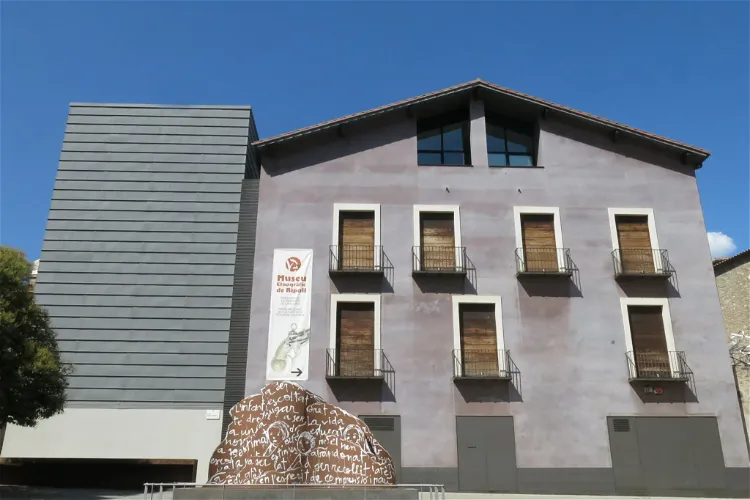
Ethnographic Museum of Ripoll
RipollThe Ethnographic Museum of Ripoll is situated in the city of Ripoll, within the province of Girona in Catalonia. This location is easily accessible and offers a rich cultural experience for tourists interested in ethnography and local heritage.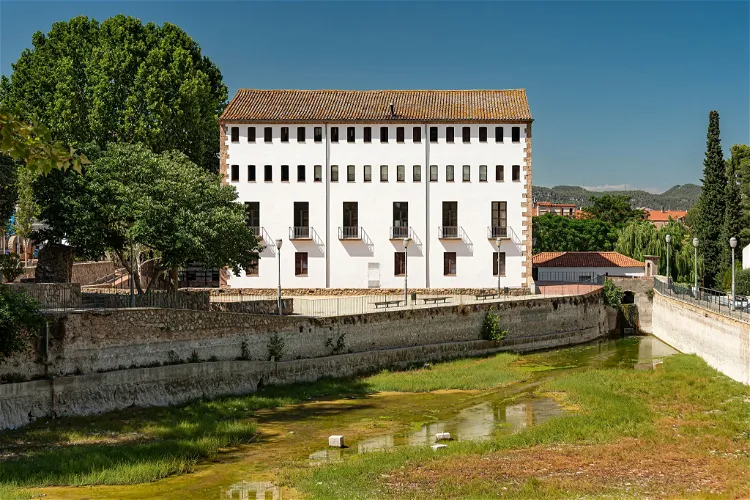
Capellades Paper Mill Museum
CapelladesThe Capellades Paper Mill Museum is a unique institution dedicated to the history and art of papermaking. Located in the town of Capellades, the museum is housed in an old paper mill known as 'Molino de la Villa'. It offers a comprehensive insight into the traditional methods of paper production, as well as the evolution of papermaking technologies up to the 21st century.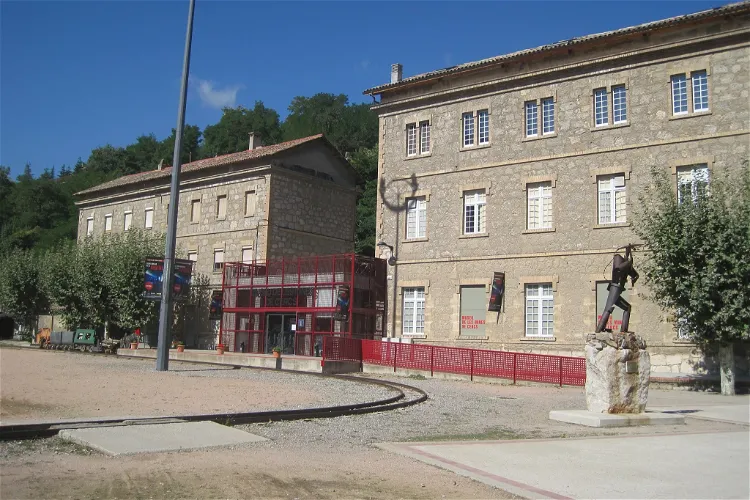
Cercs Mine Museum
CercsThe Cercs Mine Museum, located in the Sant Corneli colony in the municipality of Cercs, Catalonia, is a museum dedicated to coal mining. It provides a comprehensive view of the relationship between coal and the geological, landscape, economic, and human environment of the region. The museum, founded in 1999, is part of the Museum of Science and Technology of Catalonia and the Network of Local Museums of the Barcelona Provincial Council.
El Ter Industrial Museum
ManlleuThe El Museo Industrial del Ter (MIT), situated in Manlleu, Osona, is a museum that focuses on the territory and society. Its mission is to highlight the industrial and natural heritage of the middle Ter river basin. The museum is housed in Can Sanglas, an old spinning factory from 1841, located at the point where the industrial canal of Manlleu ends its course.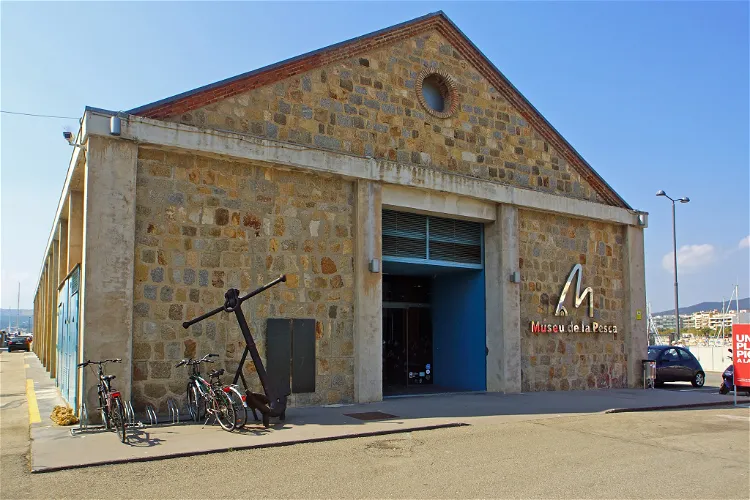
Fishing Museum
PalamósThe Fishing Museum, which opened its doors in 2002, is a dedicated space for the dissemination of fishing knowledge and the maritime heritage of Costa Brava. It is located in the Palamós fishing port in an old warehouse known as the 'Tinglado'. The museum's mission is to contribute to the cultural, economic, and social development of the community by strengthening its own territory and helping to reflect on and contribute to how marine and fishing heritage favor society.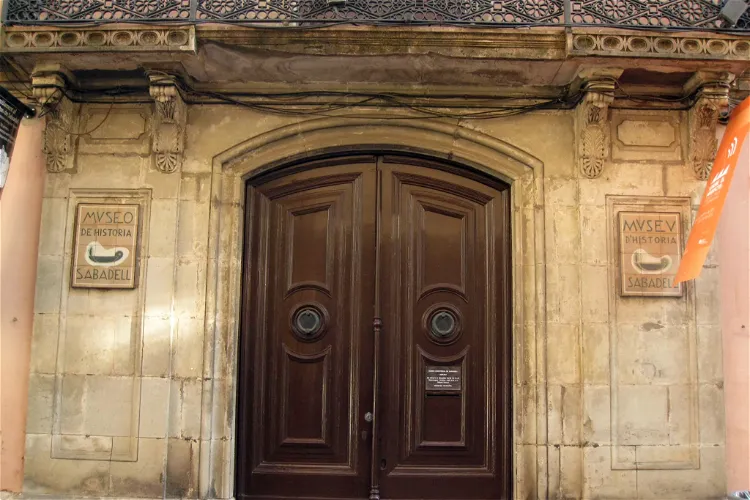
Sabadell History Museum
SabadellThe Sabadell History Museum is home to a variety of collections that delve into the city's archaeology, history, and ethnology. A significant focus is placed on the city's historical ties with wool manufacturing and the textile industry, offering visitors a unique insight into this aspect of Sabadell's past.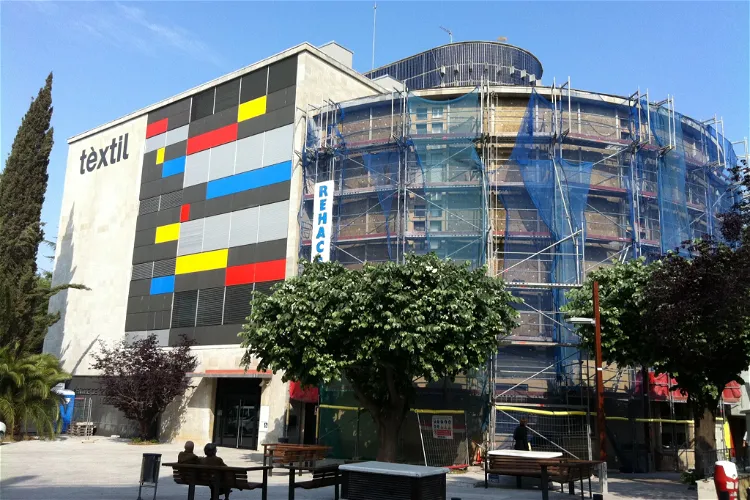
Textile Museum and Documentation Centre
TerrassaThe Textile Museum and Documentation Centre is situated in the city of Terrassa, known for its rich textile tradition. The museum is located on Salmerón Street, number 25, adjacent to the Vallparadís Carthusian castle. This location offers visitors the opportunity to explore both the museum and the historical castle during their visit.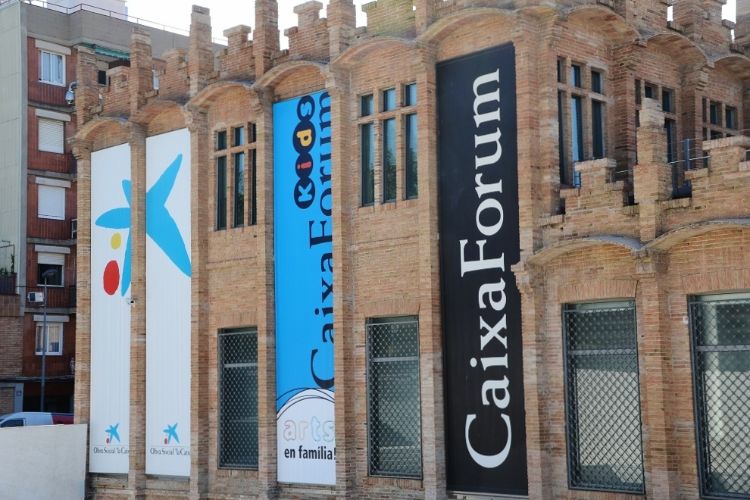
CaixaForum
BarcelonaThe CaixaForum is a former factory that has been turned into an art gallery which opened in 2002. The art nouveau building consists of an exhibition space, a media library, auditorium, classrooms and a restaurant. It puts on mainly temporary exhibitions of contemporary artists. Concerts and conferen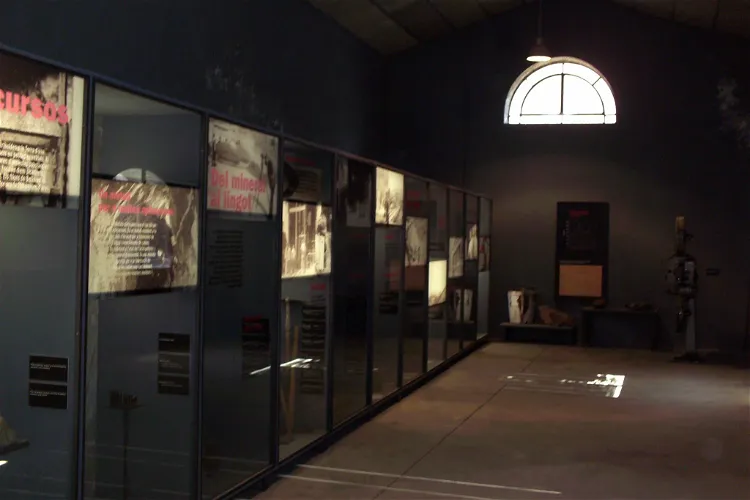
Bellmunt del Priorat Mines Museum
Bellmunt del PrioratThe Bellmunt del Priorat Mines Museum is situated in the former industrial complex of the Eugenia Mine. It serves as an interpretation center for understanding the history and techniques of lead mining in the El Priorat region of Catalonia, Spain. The museum is part of the Science and Technology Museum of Catalonia (mNACTEC) system, which includes various museums and collections throughout Catalonia, each specializing in different thematic areas of industrial heritage, science, and technology.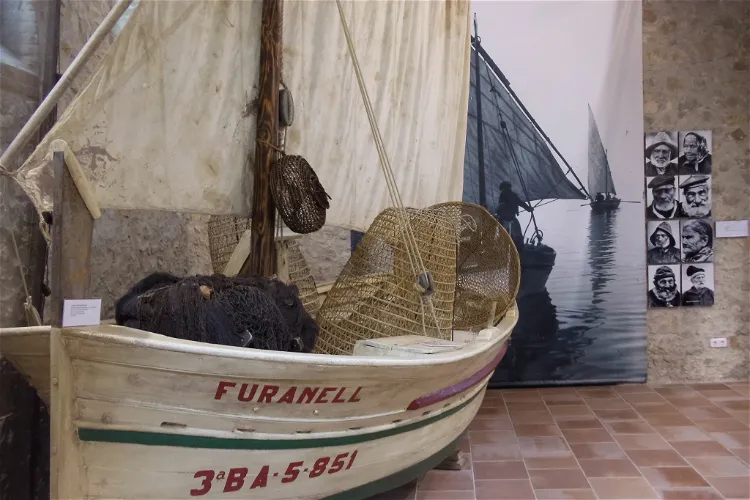
Anchovy and Salt Museum
l'EscalaThe Anchovy and Salt Museum is situated in the charming town of L'Escala, nestled in the region of Catalonia, Spain. This museum, which opened its doors to the public in 2006, offers visitors a unique insight into the cultural heritage of the village.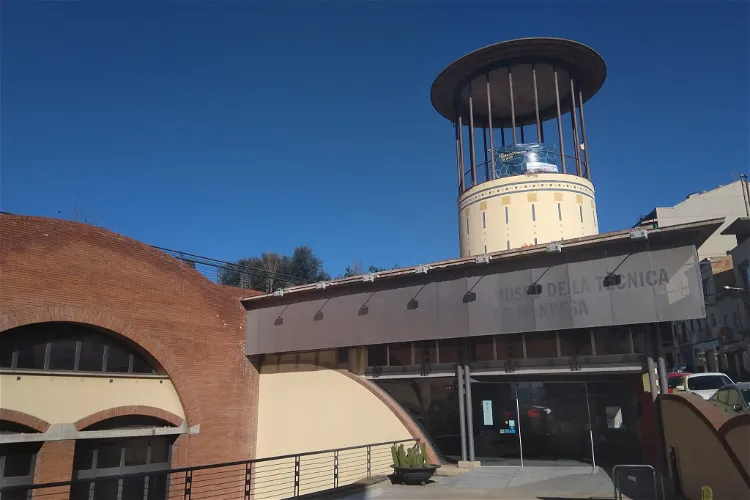
Technical Museum of Manresa
ManresaThe Technical Museum of Manresa is housed in the old tanks that once collected and stored water from the city's ditch. These tanks, built between 1861 and 1865, have been fully restored and now host a multipurpose room and two permanent exhibitions. The museum's location offers a unique insight into the city's history and its relationship with water.
The Maritime Rescue Museum
Sant Feliu de GuíxolsThe Maritime Rescue Museum, situated in the port of Sant Feliu de Guíxols in the Baix Empordà region of Spain, is a historical site that was once a rescue shipwreck station. This unique museum offers visitors a glimpse into the maritime history of the region and the important role that the station played in rescue operations.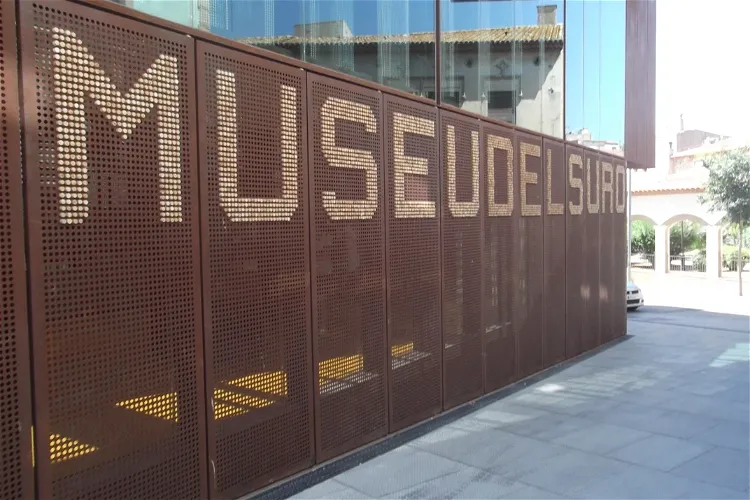
The Cork Museum
PalafrugellThe Cork Museum of Palafrugell, located in Spain, is a unique institution dedicated to the cork industry in Catalonia. It provides an in-depth look into the history and processes of this industry, offering visitors a chance to learn about the production of cork and its various uses. The museum is situated in a modernist factory, surrounded by a small cork forest, adding to the authenticity of the experience.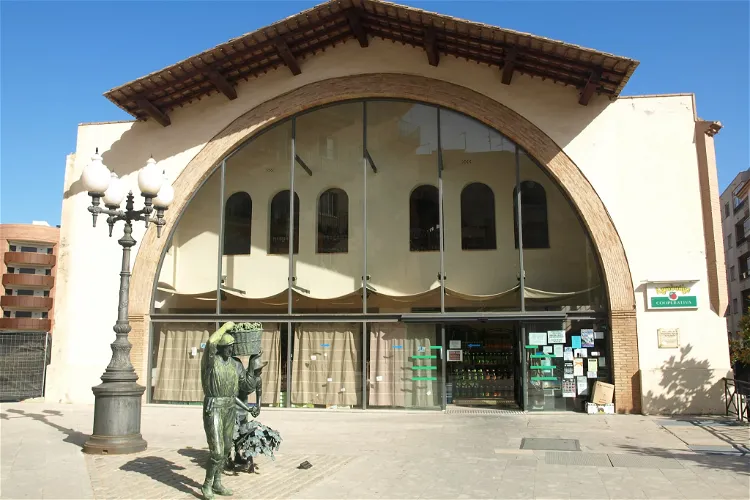
Cambrils Agricultural Museum
CambrilsThe Cambrils Agricultural Museum, previously known as the Agricultural Union Winery, is a significant site in the Spanish city of Cambrils. It is recognized in the Inventory of Architectural Heritage of Catalonia, which adds to its historical and cultural value. The museum is housed in a building that was once a cooperative winery, and it showcases the process of wine and olive oil production in its original context.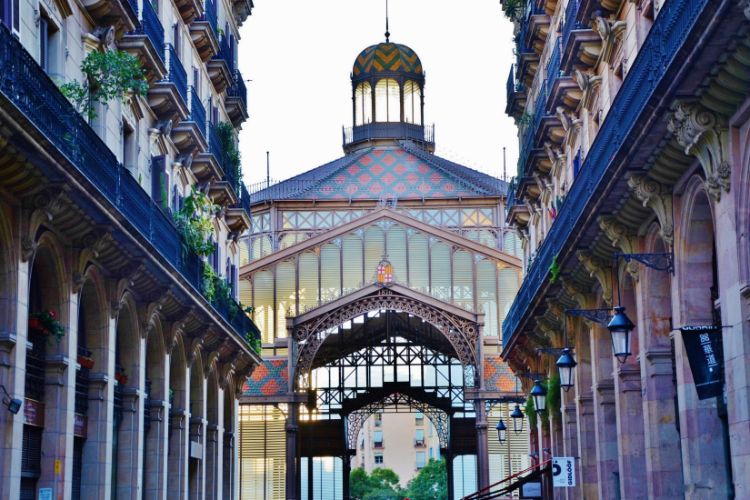
Mercat del Born
BarcelonaMercat del Born was a public market and one of the most important buildings in Barcelona. The construction with iron that marked the start of Modernisme in Catalan architecture. is the largest covered square in Europe.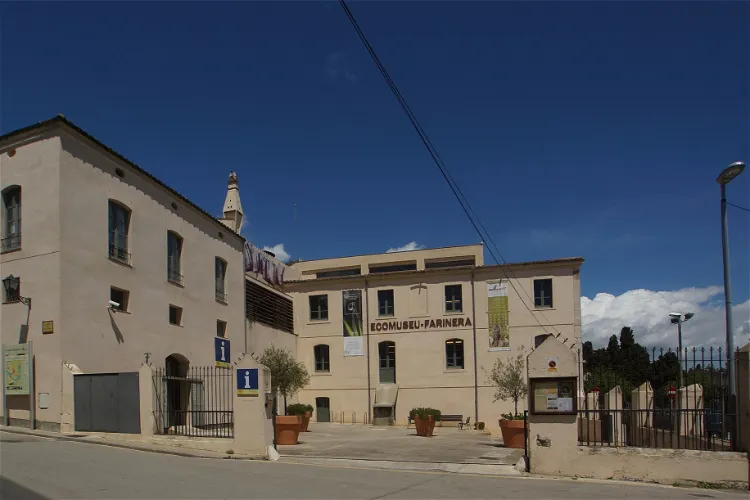
Ecomuseum Flour Mill
Castelló d'EmpúriesThe Castelló d'Empúries Flour Mill and Eco-Museum is a historical site that was operational from the late 19th century to the first half of the 20th century. The factory was constructed on the remnants of three medieval flour mills, adding a layer of historical depth to the location. Visitors can explore the site and gain insights into the industrial past of the region.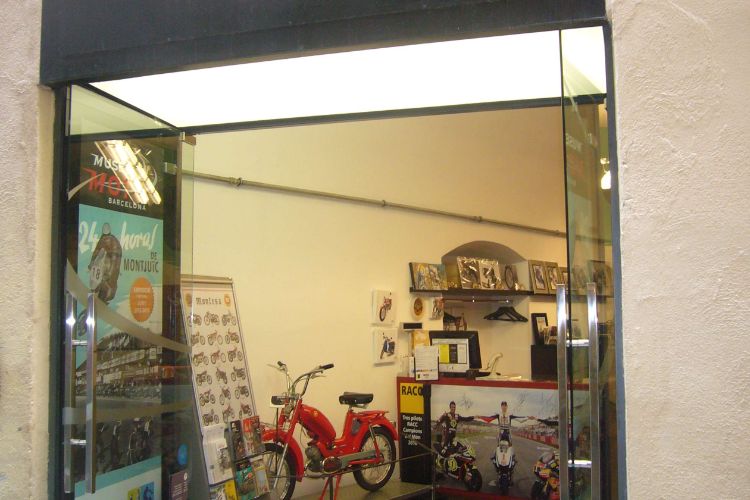
Barcelona Motorcycle Museum
BarcelonaThe Barcelona Motorcycle Museum displays a collection of international and national motorcycles, from 1902 till 2006, with various prototypes and unique objects.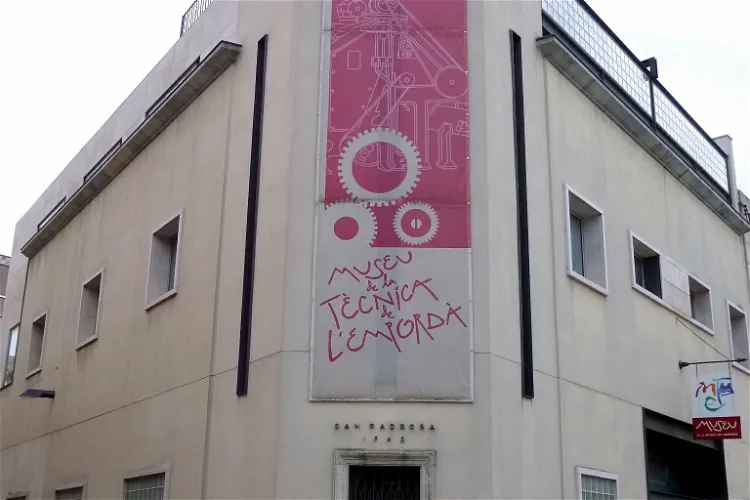
Technical Museum of the Empordà
FigueresThe Technical Museum of the Empordà is a unique destination for technology enthusiasts. Located in the Catalan city of Figueres, in the province of Alt-Empordà, Spain, the museum offers a deep dive into the world of machines and technology. It's a great place to explore and learn about the evolution of technology over the centuries.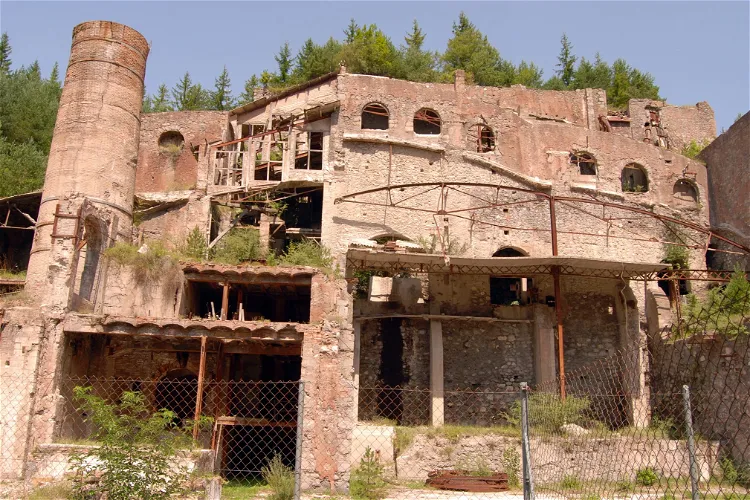
Castellar de n'Hug Cement Museum
Castellar de n'HugThe cement factory that used to employ the entire region was transformed into a captivating museum. Visit to learn more about industrial past.
MUHBA Oliva Artés
BarcelonaThe Oliva Artés Hall is part of the MUHBA Museum of History of Barcelona. Located in a former factory where engines were produced in the heart of Poblenou’s industrial district, the exhibition illustrates the city’s urban and social growth over the years.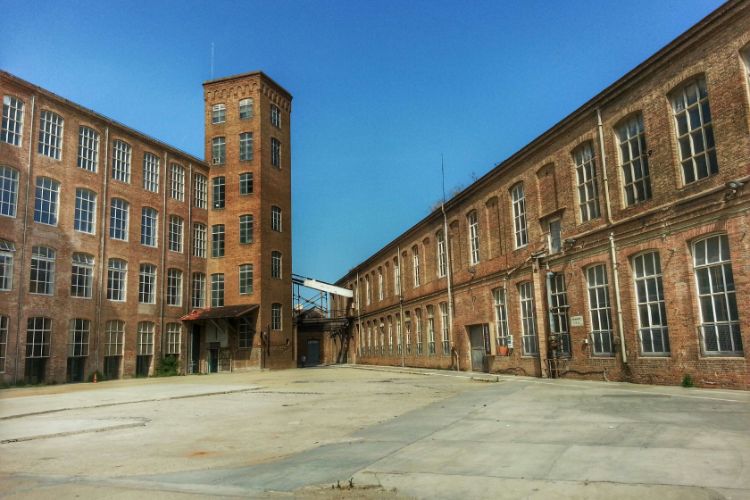
MUHBA a Fabra i Coats
BarcelonaMUHBA a Fabra i Coats is an old industrial building that was transformed into a cultural center.
Lérida Automotive Museum
LleidaThe Lérida Automotive Museum, located in the city of Lérida, is a municipal institution that focuses on the world of automotive. It specializes in the display and preservation of old vehicles, providing a unique insight into the history and evolution of the automotive industry. Visitors can expect to see a wide range of vintage cars and other vehicles, each with its own story to tell.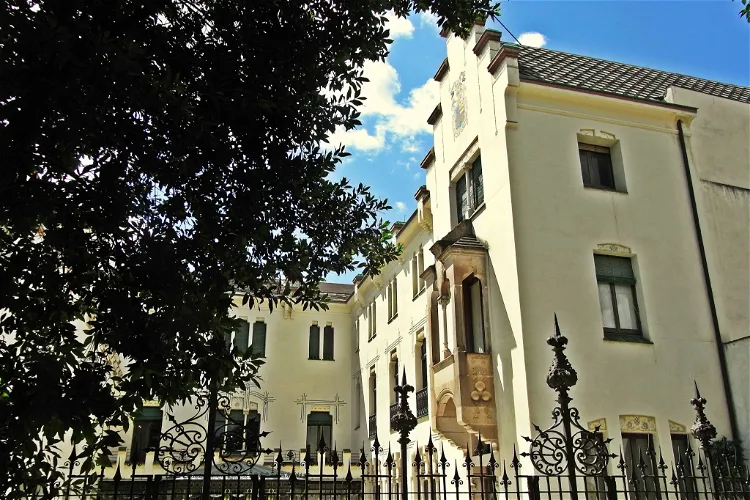
Casa Alegre De Sagrera
TerrassaLa Casa Alegre de Sagrera is a museum building located at Font Vella Street, number 29, in Terrassa, province of Barcelona. Originally, it was the manor house of Joaquim de Sagrera, a textile manufacturer from the late 18th and early 19th centuries, who played a significant role in the Spanish War of Independence. Despite dating from the beginning of the last century, its current appearance is the result of a modernist reform carried out by Melcior Viñals, a municipal architect, at the beginning of the 20th century.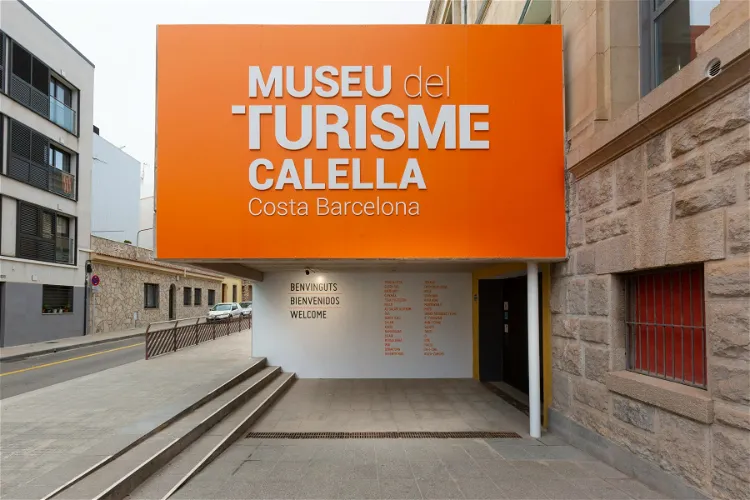
Museu del Turisme
CalellaEl Museo del Turismo, located in Calella, was inaugurated on January 9, 2016. This museum is a significant part of the city's cultural landscape and offers a unique insight into the history and development of tourism.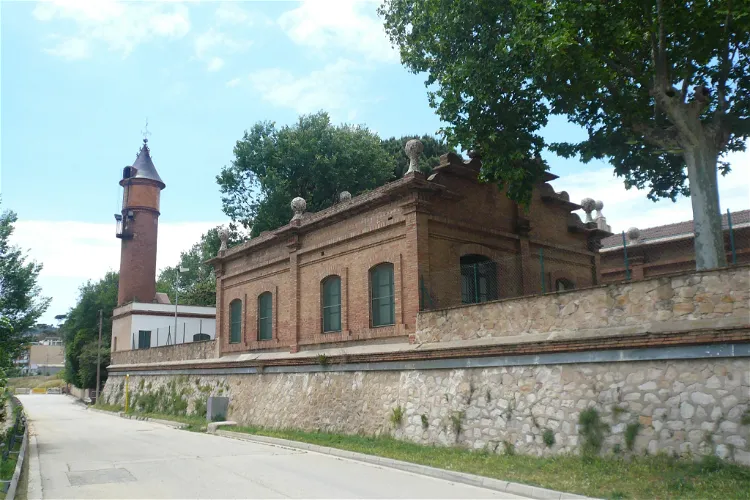
Casa de les Aigües
Montcada i ReixacThe Casa de les Aigües, also known as the wells of Moncada, is a historical site that once served as an extraction and pumping station for groundwater from the Besòs aquifer. This station played a crucial role in supplying drinking water to the city of Barcelona. It is located in the park of the Aguas de Moncada and Reixach (Vallés Occidental).- 33
Museu del Calçat
BarcelonaMuseu del Calçat (Shoe Museum) traces the history of footwear and has a section devoted to shoes worn by famous personalities. The museum displays portraits of guild members, reproductions of footwear from the 2nd to 18th centuries and authentic shoes from the 18th century to the present day. Beside